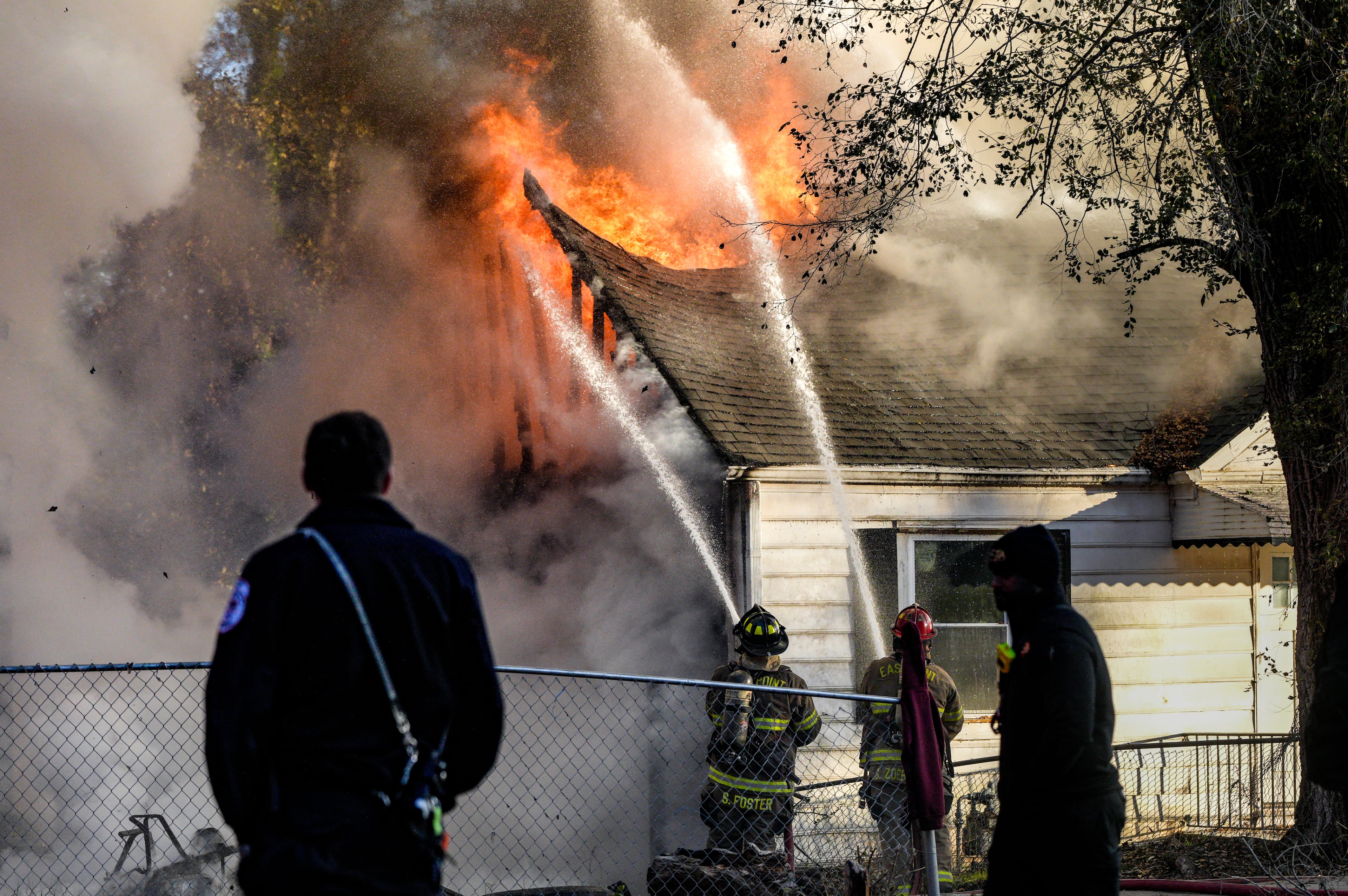Atlanta temps soared again ahead of Wednesday storms

Parts of Metro Atlanta are experiencing stormy weather after scorching, oppressive heat Wednesday.
A heat advisory that began Tuesday was in effect through 8 p.m. for a wide swath of Georgia as temperatures rose into the upper 90s. The heat index, which measures how hot it actually feels, soared to dangerous levels at or above 100 degrees by Wednesday afternoon. In Middle Georgia, heat index values nearly reached 110.
In northwest Georgia, the heat advisory will remain in effect until 8 p.m. Thursday, with heat index values in the valleys expected to reach between 103 and 107 degrees, according to the National Weather Service.
“Heat of this magnitude is potentially hazardous for vulnerable groups like young children, the elderly and pets,” the Weather Service warns.
A Code Orange air quality alert is also in effect for Atlanta and surrounding areas on Thursday. According to the NWS, outdoor air quality is expected to be unhealthy for some individuals, including children, people sensitive to ozone and those with heart or lung disease.

Aside from the heat, much of the state, including metro Atlanta, is under a Level 2 of 5 risk for severe weather, the NWS Storm Prediction Center reports. A Level 3 threat is in effect for northeast Georgia. Thursday could also bring some thunderstorms.
Before the storms, heat indexes reached nearly 105 degrees by 4 p.m. around Atlanta and higher in areas southeast of the city, the NWS reported.
In Macon, the Weather Service projected the heat index would reach 110 degrees, and though it was scorching, it was a few degrees short by late afternoon. City officials did not open any special public venues as cooling centers, but they encouraged locals without air conditioning to make use of already open facilities such as libraries, recreation centers, pools and splash pads.
To cope with the Middle Georgia swelter, Loy Young wore a straw hat at his fruit stand and stood beneath the shelter of tents that also shielded his melons, tomatoes and peaches.
“I definitely feel the heat,” he said. “This tent don’t do nothing but draw the heat to me, it seems like. I’m cooking up under here. It’s summertime. I deal with it.”

Tuesday’s high reached 97 degrees in Atlanta, just two points from the date’s 99-degree record. And the heat index hovered around the triple-digit mark for much of the area. Overnight, there wasn’t much relief from the heat as temperatures dropped only into the mid to upper 70s.
With such dangerous heat, staying hydrated is crucial. If you spend any time outdoors, take frequent breaks to cool off and avoid heat-related illness, NWS meteorologists advise.
These broiling conditions are part of a larger, near-historic heat wave that has been roasting the eastern half of the country. It’s caused by a dome of high pressure that is trapping hot air from the Southwest, The Associated Press reported.
These types of “heat domes” prevent rain and clouds that could bring relief, but its ridge was expected to weaken this afternoon, the Weather Service predicted. That would allow waves of storms to roll in.
“The heat and humidity will produce abundant energy for (isolated) thunderstorms this afternoon,” NWS meteorologists cautioned earlier Wednesday. “Pinpointing storm locations … is challenging, though there may be a slight preference towards storms in central Georgia or over the elevated terrain of the North Georgia mountains.”
The first round of storms began to pop up around 1 p.m. in North Georgia, the NWS said. The Weather Services projected that storms would increase after 6 p.m. and continue into the evening.
Gusts of 40 to 60 mph are possible, with even some isolated bursts of 70 mph. There is also potential for quarter-sized hail in some locations.
A more organized and widespread system is anticipated to roll into metro Atlanta from South Carolina closer to nightfall, NWS forecasters warn. This round will bring the highest threat for damaging 50 to 70 mph winds and hail, driven in part by sea breeze blowing in from the Atlantic.
The storm threat may linger through the overnight hours and into Thursday morning. Another round of thunderstorms could develop Thursday afternoon — a few of which could be strong.
“The randomness of these makes it difficult to pinpoint any severe risk, though there may be a slightly higher threat in northwest Georgia,” Weather Service meteorologists say.
— Staff writers Joe Kovac Jr. and Caroline Silva contributed to this article.
» For a detailed forecast, visit AJC.com/weather.
» For updated traffic information, listen to News 95.5 and AM 750 WSB and follow @WSBTraffic on X.
» Download The Atlanta Journal-Constitution app for weather alerts on-the-go.


